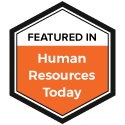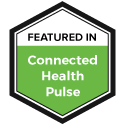A bill aimed at protecting employees from possible increases in healthcare insurance costs under the Affordable Care Act passed both the House of Representatives and Senate, and has been signed into law by President Obama.
The measure is the first major change to the health care law since it was enacted.
HR 1624, the “Protecting Affordable Coverage for Employees Act” ( PACE), amends the definition of small and large employers.
The ACA says employers with up to 50 workers can buy insurance through state-based markets, including Small Business Health Options Program (SHOP) on the Health Insurance Marketplace, to comply with the law and avoid “employer mandate” tax penalties.
That threshold is scheduled to be increased in 2016 to include employers with up to 100 employees. The change would expose many small and mid-sized companies (i.e., 50-99 employees) to different rules than they are now required to follow, and would likely increase their health insurance premiums.
The PACE Act gives states the option to expand the definition of a “small employer” to include those with up to 100 employees.
Without the PACE Act change, the estimated 18% rise in premiums for employers in the 51-to-100 employee category would encourage many of them to self-insure rather than staying in the small-group markets. Their departure could increase premiums even more for those who stay in the markets.
The Act is expected to result in a net reduction in premiums for employers in this category, according to both the Congressional Budget Office (CBO) and the Joint Committee on Taxation. Both committees expect SHOP to add features that will enable employers to more easily shop for lower-cost plans.
The PACE Act could result in higher premiums for companies that are no longer able to purchase insurance through SHOP.
The Act was backed by a number of business groups, including the U.S. Chamber of Commerce, the National Retail Federation, the National Restaurant Association and the National Federation of Independent Business, as well as state regulators.





